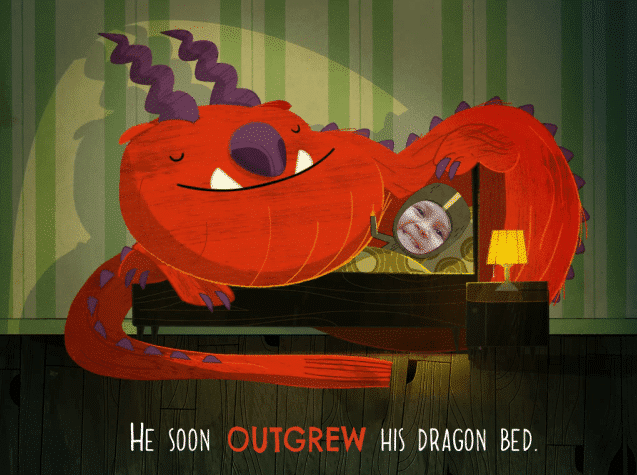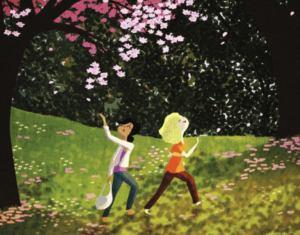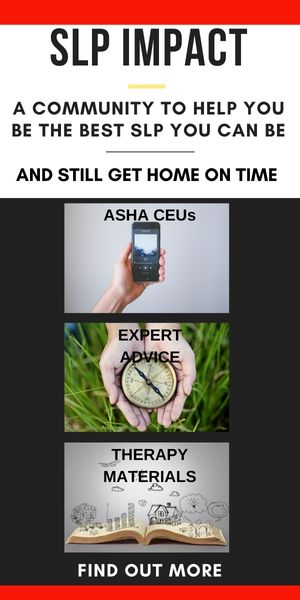In our last two posts, we talked how to be a more effective, efficient and happier SLP by making your efforts more cumulative and doing intensive speech therapy. Today, let’s talk about where we can get great speech therapy materials. Here’s the thing, we are only allotted a certain amount of time during the work day. And, guess what? There are SLPs who have already done the work for us. Here are a few of our favorites:
Teachers Pay Teachers: This site is an open marketplace for educators to buy, sell, and share teaching resources. Their dream is to make the expertise and wisdom of all the teachers in the world available to anyone, anywhere, at any time. Need materials for a theme you’re using? They have it. Need a free resources to educate your teachers about language disorders, they have it. I needed materials for one of my favorite books, A Chair for my Mother, and TpT had it!
Bilinguistics’ Resource Library: We are biased, and we are proud of our ability to support SLPs. I’ll be honest, I used this (FREE!) resource library long before working alongside the awesome, smart folks at Bilinguistics. The Storybook Therapy Intervention Template is key when using books in therapy. It’s a step-by-step guide for so many literacy-based activities you can do with just one book. And, did you know that we also have resources for working with interpreters, strategies and tools for working in a life skills classroom and a goal bank?
Literacy-Based Activities: We whole-heartedly believe in the benefits of using books for speech therapy. Two great sites can accompany your literacy efforts. Storybots is website that allows you to use pictures of your students and embed them into a library of customizable storybooks. Here is Ruby sleeping with her pet dragon:
Storybird is another website that can give you the opportunity to work on literacy-based and curriculum-based goals. Your student chooses the style of art that inspires him, and then he can begin building a story. I had a group of fifth graders that LOVED using this tool. Here are a few of the inspirational visuals:
Difference or Disorder: The demographics in our nation are changing at rocket speed, and, as SLPs, we need to be able to serve our students with various culturally and linguistically diverse backgrounds. How do we do this with limited time in the day? This book provides easy-to-use charts and easily digestible information for deciding if a child is demonstrating a language difference or a language disorder. And, the best part? The book tackles 12 different languages and provides personal insight from native speakers of the language.
There you have it! Stay tuned for our next installment of this series: Step 4 Hang Out With Teachers.






